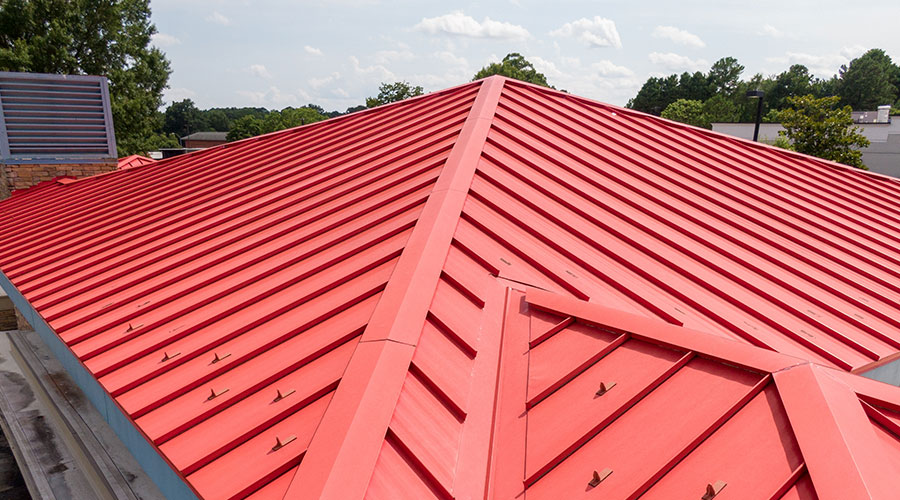Leaving Maintenance Out of Life Cycle Costs Can Make Window Replacement More Difficult
One problem with a life-cycle cost analysis that examines the cost of not doing maintenance is that it is easy to overlook high cost factors that significantly influence the outcome. Most cost analyses examine energy losses through the window, painting costs, cleaning costs, and removal and disposal costs. Costs are projected out over the life of the window. But those costs assume steady state conditions with the window.
For example, window energy analysis is often based on the performance parameters when the window was new. In reality, performance deteriorates as the window ages, particularly if maintenance is ignored. Caulking and seals deteriorate, increasing air infiltration rates between the window frame and the building wall and increasing energy costs. Proper maintenance would restore the window to its performance when new, so the life-cycle cost analysis should quantify what those losses would be without maintenance. The window manufacturer should be able to help with determining the energy cost impact of deteriorated window components.
Other factors are affected by lack of maintenance. Skipping paint cycles increases the deterioration rate of wood windows, decreasing the service life of the window. A 30-year window life expectancy might be reduced by as much as 10 years, simply by reducing the frequency with which they are painted.
Some costs are not easy to quantify. For example, failing to replace caulking and seals when needed can allow water infiltration and lead to extensive damage. If the damage is structural, the relatively small costs avoided by not performing the required maintenance can easily grow into major repair costs. Even if the damage is only to the finish components, repair costs typically will exceed the avoided maintenance costs by a factor of 100 or more. And that is assuming that the water infiltration did not turn into a mold abatement project.
Another cost difficult to quantify is the impact that lack of maintenance will have on building security. If window hardware is allowed to deteriorate, the result may be certain windows that cannot be properly secured. The cost of one security breach can easily exceed the entire cost of the window maintenance program. While it may be impossible to quantify the savings, the issue of building security should be presented as part of the analysis.
Justifying Window Replacement
Even with proper maintenance, eventually it will become necessary to replace the existing windows. And as the windows approach the end of their service life, maintenance costs will increase while their performance decreases. Life-cycle cost analysis can help facility managers justify the cost of replacement.
Two factors most often cited when justifying replacement windows are reduced energy and maintenance costs. While it is easy to quantify energy cost reductions, be careful when estimating maintenance savings. Too often, facility managers assume that maintenance costs will be reduced to zero with new windows. This then makes it very difficult to justify the cost of ongoing window maintenance. There will be major maintenance savings, but it's a mistake to eliminate all maintenance costs from the life-cycle cost analysis.
One often overlooked maintenance cost that can be reduced with the selection of the right type of replacement window is cleaning. Older-style windows often had to be cleaned from the outside. A window that allows cleaning to be done from inside the building will greatly reduce cleaning costs.
If older wood windows are being replaced with metal finish or clad units, the avoided painting costs over the life of the windows often are enough by themselves to justify the window replacement project.
As when justifying maintenance costs, some benefits are qualitative. For example, consider the impact that replacement windows have on the appearance of the facility. Old, poorly maintained windows detract from the appearance of the facility. As a result, facility managers may find that they are having difficulty attracting or holding tenants.

James Piper, PhD, PE, is a writer and consultant who has more than 35 years of experience in facilities management. He is a contributing editor for Building Operating Management.
Related Topics:










